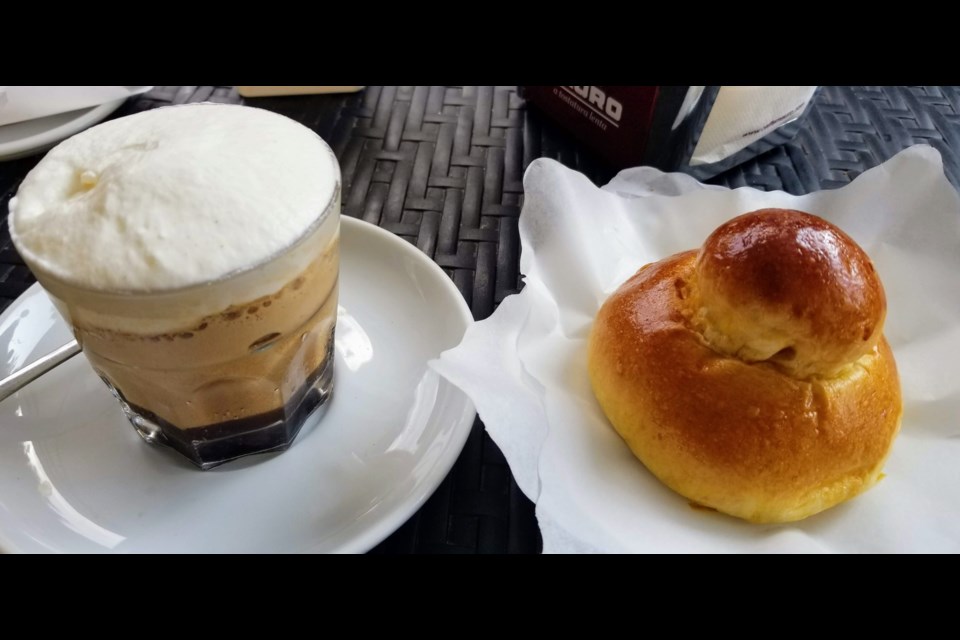Any coffee lover will tell you there is nothing like that first cup of hot coffee to start your day. Personally, it kick starts my day, and it is the first thing I reach for upon waking. I typically consume only one cup a day unless I am dragging in the afternoon and need a little pick me up.
During the summer months I may opt for a cold coffee in the afternoon as both a pick-me-up and a refreshing beverage.
Iced coffee started making an appearance in the late 19th century but it was not until the 1920s that it became mainstream. The origins are unclear. Many accounts claim Algeria is the place of origin, but some indicate Greece and even Japan are where it all started. One thing is for sure though; long before iced capp and cold brew were a thing, a simple beverage of coffee poured over ice was being consumed all over the world.
By all accounts, hot coffee came before cold coffee. Although I cannot confirm this, I suspect cold coffee evolved from simply using up leftover coffee. The practical nature of our species and avoiding food waste is the basis for a lot of recipes and I would be inclined to think this was also the case here.
Mazagran: cold, sweetened coffee from Algeria, is one of the oldest, cold coffees. It is now extremely popular in Portugal. There it is made with espresso, lemon, mint and rum.
In my travels to southern Italy, my favourite would have to be caffè leccese or caffè con latte di mandorle ghiacciato. This speciality coffee can only be found in the beautiful baroque city of Lecce in the Region of Puglia. Nothing beats this sweet treat on a hot afternoon. Espresso coffee served over ice with a special, sweetened almond milk, made with local almonds. It’s like dessert in beverage form!
Italians love their coffee and there are two other cold coffee beverages worth mentioning here. The first would be granita di caffe con panna or coffee granita with whipped cream. Originating in Sicily, this is often served in the warmer months alongside a brioche for breakfast. (Interesting fact: the first granitas in Sicily were made with the ice and snow gathered on Mount Etna.)
I would describe a coffee granita like a deliciously sweet, coffee slushie, topped with whipped cream. To consume it, tear off pieces of the brioche and use it to scoop up the coffee goodness. It’s no wonder I feel like a kid when I have one. It really is dessert for breakfast!
The second, Italian, cold, coffee beverage worth mentioning is affogato. Affogato means drowned in English. It is simply a scoop of gelato or ice cream drowned in espresso coffee. No sweeteners are required as the sweetness of the gelato takes care of that.
(For a treat add a bit of amaretto liqueur) Technically, you use hot espresso, but the gelato quickly cools the coffee down and you have a rich, creamy, cool coffee which one might easily call a light dessert.
In Spain, cafe con hielo is simply coffee with ice. When you order it in a coffee bar, you will get your cup of hot coffee and a glass filled with large ice cubes. Simply pour the coffee over the ice and viola, in a few minutes, you will have iced coffee. I love the simplicity of this.
So, the next time you order an iced coffee beverage from your neighborhood coffee chain, think about the simple origins of the iced coffee.
In Guelph, many of the local, independently owned coffee bars will serve many of their coffee beverages over ice in the warmer months. Enjoy one today before the warm weather escapes us!



